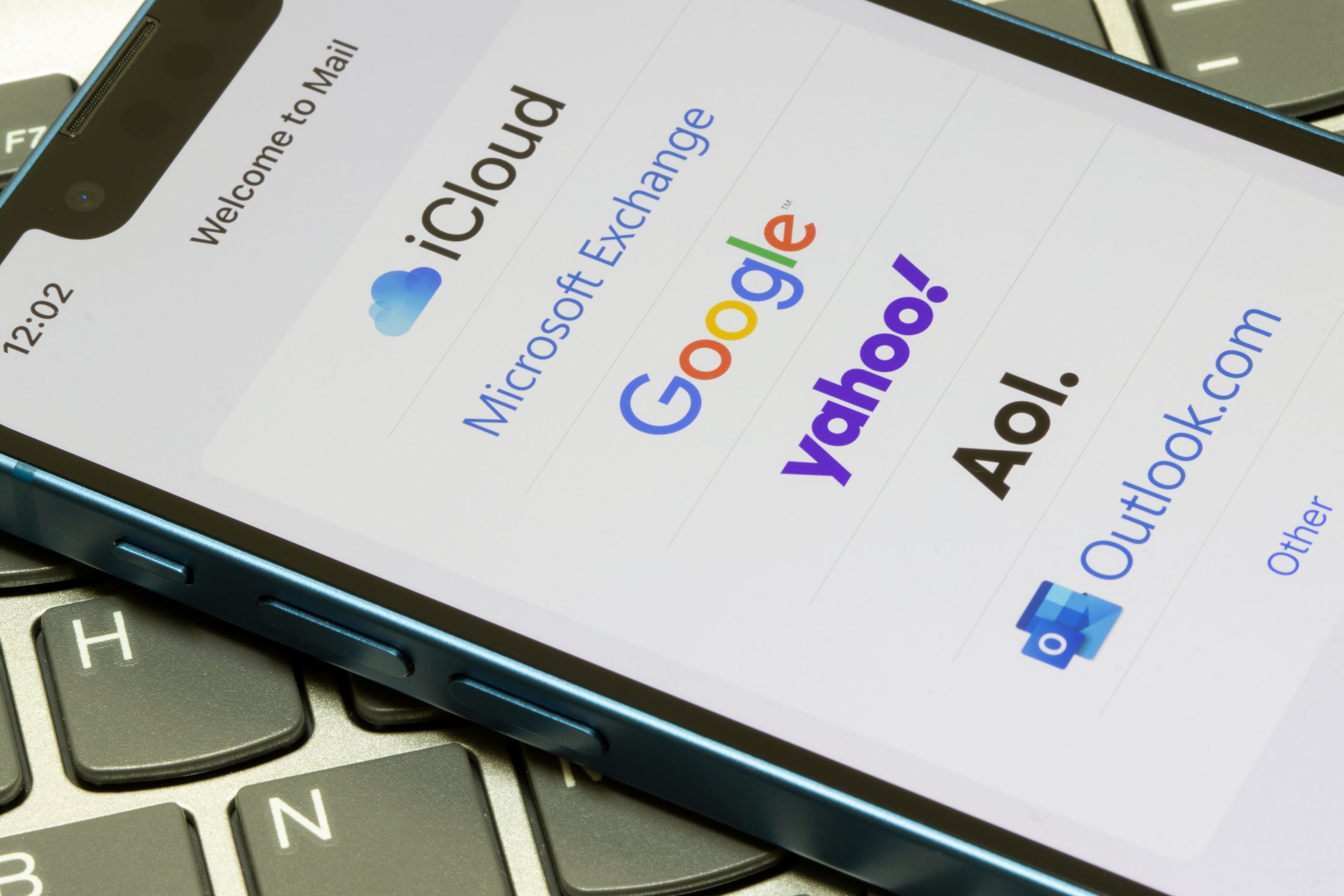Tech giants Google and Yahoo are lowering the hammer on indiscriminate email marketing by introducing new requirements for bulk senders.
Their new rules don’t mean consumers should expect to immediately glimpse the bottom of their inboxes again, however; if anything, they could encourage marketers to prize emails more than before, marketing executives say.
Brands hope the changes will mean that more recipients pay attention to their messages, because they won’t be so hidden among unsolicited junk mail and phishing scams. The new rules, which took effect this month, also could make it less common for emails from legitimate senders to be tagged as spam, as users are offered an easier way to unsubscribe.
The changes from Gmail and Yahoo Mail, two of the largest email service providers in the world, require bulk email senders to authenticate their own email addresses, include code with their emails that lets recipients unsubscribe with one click, and keep their spam complaint rate below an average of one per 1,000 emails. The email providers could punish offenders by delivering less of their emails to users’ main inboxes until they get back in line.
“The email domain has become a bit of a mess, and if the channel is a bit messy, that’s an issue,” said Karim Meghji, chief product officer at Code.org, a nonprofit that provides computer science education in schools and communicates with stakeholders by email. “I would like a cleaner inbox for teachers, admins and parents because our message will come through clearer.”
Google said it defines bulk email senders as those that send more than 5,000 emails a day. Yahoo declined to share its definition.
The companies previously encouraged authentication and easy unsubscribes, but without the threat of sanctions. They already punished emailers with high spam rates by diverting more of their messages to spam folders, but now will give senders more information about those rates—and why they might be going up—to help prevent that from happening, they said.
Email love
A practically ancient media in the grand scheme of digital communications, email is still adored by marketers.
Brandsoftensee better results from email marketing than any other online form, partly because it is one of the few digital environments where consumers choose to let brands in (and kick them out again) and partly because they can tailor their messages to the receiver, said Kate Nowrouzi, vice president of deliverability and product strategy at communications software provider Sinch. A 2021 report from Gartner found email to be the best performing channel for technology marketers, beating newer channels including social media, search engine optimization and digital display advertising.
Google and Apple’s recent moves to upend the way advertisers track and target online consumers also have pushed more companies to invest in direct lines of communication with people. Sending an email is one of the cheapest such avenues, Nowrouzi said.
Consumers are understandably less enthusiastic.
The sheer amount of messages they receive a day has meant reaching “inbox zero” has become an unachievable dream for many. Phishing attacks and other scams have grown more sophisticated and harder to spot. And spam rates continue to rise along with the volume of emails sent, Google and Yahoo said.
“As we stand on the precipice of things like [generative] AI, maybe that changes even more,” said Neil Kumaran, the leader of Gmail’s security and trust team, referring to the ways scammers could use new technologies to fool users with immaculate reproductions of legitimate emails.
The new rules aim to protect users and alleviate inbox stress, Kumaran said, while also offering marketers greater clarity around email marketing standards, which senders have described as murky.
“We want to make the experience more predictable for everybody,” he said.
The new definition of spam
Email marketing gained prominence in the 1990s as a child of direct mail. It only took a few years before the medium became fertile ground for unsolicited messages.
“Most of the spam that you would see as a consumer back then would be very bad stuff—illegal pharmaceuticals, scams and pornography,” said Chad S. White, head of research at Oracle’s digital experience agency. Email providers moved quickly to clamp down, giving their users the ability to report spam. The introduction of the CAN-SPAM act of 2003, the law that set the rules for sending commercial email in the U.S., also helped tamp down junk mail to a lesser extent, White said.
The worst of the spam largely receded, he said. And yet the “report spam” button still remained on email interfaces.
“So people started to use it for other stuff,” White said. “Brands they shopped with, but didn’t get permission to email; brands that they did sign up to but they just don’t want to hear from anymore, and they don’t want to try to navigate that unsubscribe page.”
The new rules from Gmail and Yahoo Mail should help consumers more easily unsubscribe from emails they don’t want, and in the process protect companies’ emails from getting erroneously marked as spam, the companies said.
‘It does make me nervous’
Marketers at large companies are largely unworried about getting penalized for sending too many emails, marketing executives said. Experienced email marketers with access to analytics tools have learned to divide their contact lists into groups based on factors like loyalty, interests and purchase history to send more relevant emails, and taken email providers’ best practice guides to heart.
The spam threshold that the email providers are asking senders to stay under is relatively lenient, Oracle’s White said, noting that most reputable senders will likely only be at risk from hitting the limit during peak seasons, such as the holidays for retailers. Even then, Yahoo and Google both say they will monitor rates on a rolling average, let senders track their own spam rates, and send out warnings before taking any action against their emails, he said.
“Deliverability has very much been a black box, so it’s nice that they’re giving us some really discreet things that we need to pay attention to,” White said.
The rules may have a weightier effect on smaller or newer companies, those with less experience and support managing their email lists and email marketing strategy. For Emily Ryan, a consultant who helps businesses use the email marketing platform Mailchimp, the threshold isn’t to be ignored.
The email providers require just one person in a thousand to flag emails as spam for a sender to end up in the danger zone, Ryan said.
“It does make me nervous,” she said, “which is why I’m saying to clients now, ‘OK, let’s start doing whatever we can to keep that low.’”
Write to Katie Deighton at katie.deighton@wsj.com



